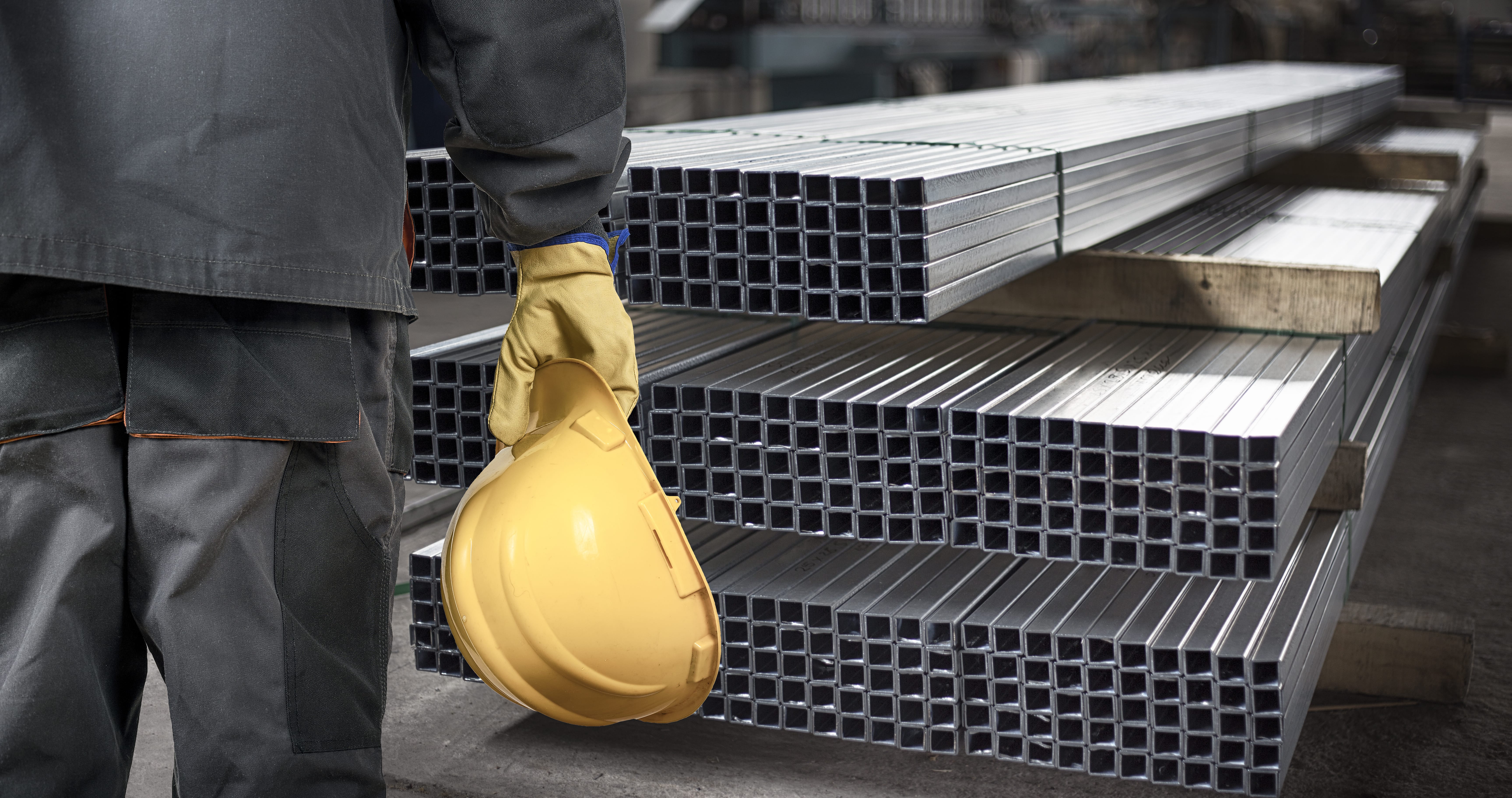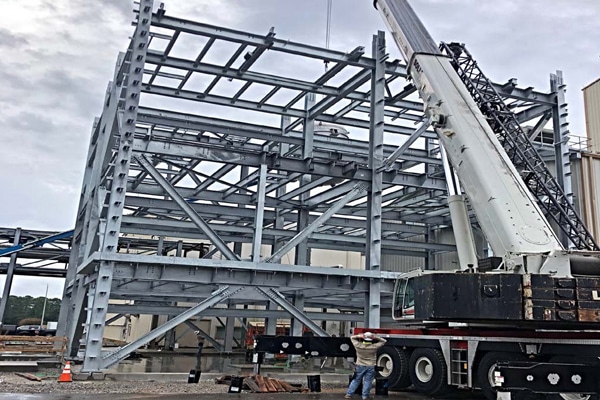Advanced Steel Fabrication Melbourne: Building the Future Today
Advanced Steel Fabrication Melbourne: Building the Future Today
Blog Article
The Ultimate Handbook on Personalized Steel Fabrication Solutions for Structural Projects
In the world of structural tasks, the relevance of personalized steel manufacture solutions can not be overstated. From the fundamental understanding of steel construction fundamentals to the elaborate procedure of selecting one of the most suitable materials, every step in this trip plays a pivotal function in the best success of a project. As we navigate with the intricacies of layout considerations, fabrication procedures, and quality assurance procedures, a thorough manual works as a directing light for specialists looking for quality in steel fabrication solutions. Stay tuned to uncover the understandings that can reinvent the way structural tasks are come close to and executed.
Comprehending Personalized Steel Fabrication Basics
Looking into the principles of personalized steel manufacture provides insight right into the elaborate procedure of transforming raw steel into tailored architectural elements. Custom-made steel fabrication is a specific manufacturing technique that entails cutting, shaping, and constructing steel products to create one-of-a-kind structures according to certain project demands. Comprehending the essentials of customized steel fabrication is vital for guaranteeing the effective execution of structural tasks.
The process normally begins with the assessment of job requirements and design needs. This initial stage includes thorough preparation and partnership between designers, fabricators, and designers to establish one of the most suitable strategy for making the steel elements. Precision is essential during the construction procedure, as also minor discrepancies can impact the structural integrity of the end product.
Different techniques, such as cutting, welding, and shaping, are used to transform raw steel right into the desired structural components. Proficient makers make use of advanced equipment and tools to make certain precision and consistency throughout the fabrication procedure. Quality control actions are carried out to validate the stability of the made parts before they are constructed on-site, guaranteeing conformity with industry requirements and task specs.
Choosing the Right Steel Products

Firstly, the kind of structural project and its specific demands play an important role in identifying one of the most suitable steel materials. Factors such as the load-bearing ability, environmental conditions, and wanted lifespan of the framework will dictate the grade and type of steel that must be made use of.
Furthermore, the physical residential properties of the steel, consisting of toughness, ductility, and weldability, have to align with the project's demands to ensure optimal efficiency and sturdiness (Alpha reo). Furthermore, considerations such as corrosion resistance, cost-effectiveness, and accessibility of the steel materials should additionally be taken into account during the selection procedure
Layout Factors To Consider for Architectural Projects
Structural tasks necessitate meticulous interest to create factors to consider to ensure both performance and safety and security are prioritized throughout the construction process. When it comes to developing structural tasks, a number of key variables should be taken into account to guarantee the success of the endeavor. By thoroughly taking into consideration these aspects throughout the layout phase, engineers and designers can guarantee the architectural project's success from conception to conclusion.
Improving Fabrication Processes for Performance

Additionally, carrying out lean production concepts can significantly boost performance in steel fabrication. By reducing waste, optimizing workflow, and enhancing communication in between various teams included in the manufacture process, projects can be finished a lot more swiftly and with better criteria.
Additionally, establishing an efficient production schedule and workflow can help in focusing on tasks, designating sources effectively, and meeting project target dates immediately. By having a clear strategy in location and on a regular basis monitoring progress, any type of possible bottlenecks or hold-ups can be identified and addressed without delay, making sure smooth and effective fabrication procedures for architectural jobs.
High Quality Control and Task Administration in Steel Fabrication
To make certain the successful implementation of steel manufacture why not look here jobs, meticulous quality assurance procedures and reliable job monitoring methods are necessary elements in keeping accuracy and meeting customer assumptions. Quality assurance in steel fabrication entails strenuous inspections at different stages of the construction process to validate conformity with project requirements and sector requirements. This consists of material screening, dimensional checks, and weld examinations to ensure architectural integrity and security.
Task monitoring plays an essential duty in collaborating the various aspects of steel fabrication projects, such as organizing, source allowance, and interaction among staff member. A distinct job plan with clear goals, turning points, and timelines aids to keep track of development and address any prospective problems proactively. Efficient interaction in between all stakeholders, consisting of clients, designers, service providers, and fabricators, is vital for making sure that the project progresses efficiently and satisfies the preferred top quality criteria.
Verdict
To conclude, custom steel fabrication plays a critical role in structural jobs by offering customized remedies making use of the right products and layout factors to consider. Efficiency in manufacture processes, high quality control, and reliable job management are important for successful end results. By comprehending the fundamentals of custom steel manufacture and carrying out structured procedures, job teams can provide sturdy and premium frameworks that satisfy the specific demands of their clients.
Custom steel manufacture is a customized manufacturing technique that includes cutting, shaping, and assembling steel products to create unique structures according to details task needs.To make certain the successful implementation of steel manufacture tasks, careful top quality control measures and efficient task administration techniques are necessary elements in keeping accuracy and conference customer expectations. Quality control in steel manufacture entails rigorous assessments at different phases of the construction procedure to validate conformity with project specs and sector criteria (Alpha reo).Project administration plays a vital duty in working with the various aspects of advice steel construction tasks, such as scheduling, resource appropriation, and communication go now among team members.In conclusion, customized steel manufacture plays a crucial duty in structural tasks by providing tailored remedies making use of the appropriate materials and style factors to consider
Report this page